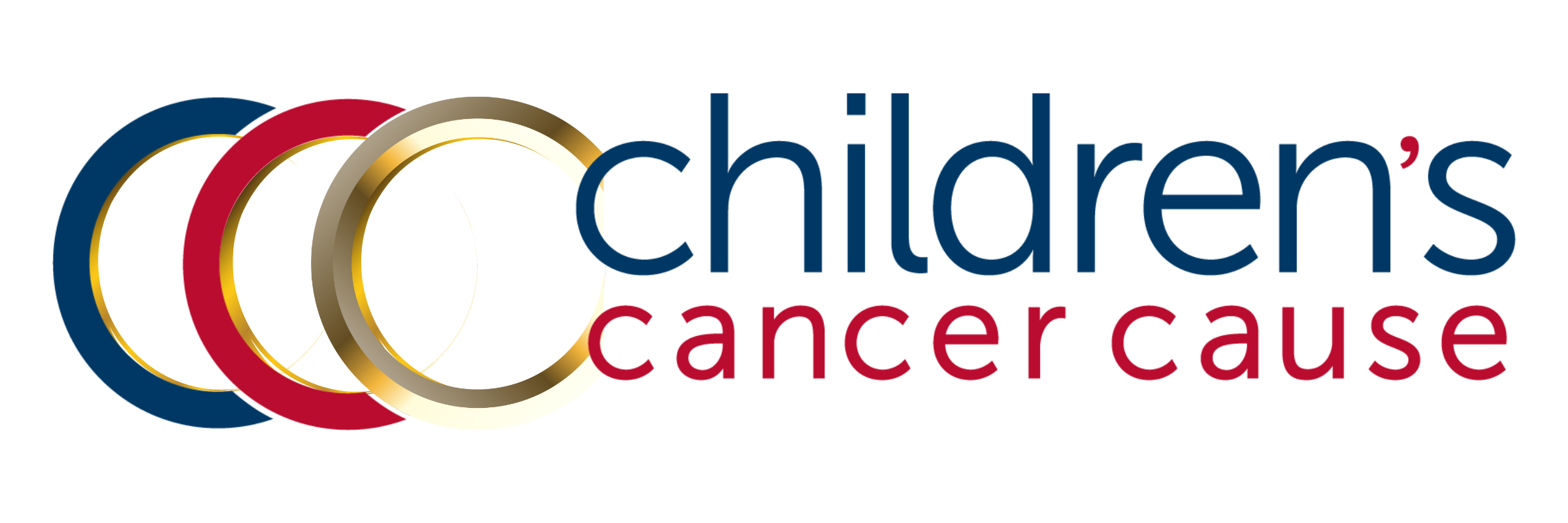Cancer Screening: What Survivors Need to Know
This first week of December is #CancerScreenWeek, a time for all of us to take stock and make sure we're up-to-date on cancer screenings like those for breast, skin, and colon health. For childhood cancer survivors, this is especially critical.
First, let’s talk about relapse. The odds of a survivor relapsing varies widely depending on the type and severity of the cancer and the type of treatment received. This is why it’s so important to have a treatment summary and Survivorship Care Plan — so survivors understand their unique risk factors and recommended health screenings.
Sometimes a relapse of the original cancer occurs shortly after treatment ends (“early recurrence”), which is why survivors just off of treatment are monitored so closely — to ensure that no lingering cancer cells survived and, if they did, to catch and treat them quickly. The conventional wisdom is that if relapse doesn’t occur within the first five years post-diagnosis, it’s unlikely. This is one reason so many consider the five-year survival mark to be such an important milestone. If a survivor relapses more than five years after diagnosis, this is called a “late recurrence.”
Second cancers differ from relapse because they’re new and different from the original cancer. Some survivors are at greater risk of developing a second cancer than others, which may be related to certain chemotherapy agents and radiation therapies delivered during the treatment of the original cancer.
A large follow-up study of pediatric cancer survivors found that almost 10% developed a second cancer (most commonly female breast, thyroid, and bone) over the 30-year period after the initial diagnosis. The Children’s Cancer Cause Annual Survivor Survey backs this up, with 12% of survivors reporting that they’d received a second cancer diagnosis.
For survivors at high risk of a second cancer, more frequent screening may be recommended. When cancer is found early and has not spread, it’s much easier to treat successfully.
Women who had cancer as children are six times more likely than the general population to be diagnosed with breast cancer. According to one study, chest radiation elevates that risk to be on par with those who have the BRCA1 or BRCA2 genetic mutations.
For childhood cancer survivors who received chest radiation, the risk of developing breast cancer begins to increase at about 8 years from treatment or age 25, whichever occurs later. This risk continues to rise as patients get older. For survivors who received radiation to the chest, underarm, or total body (TBI), COG’s Long-Term Follow-Up Guidelines for Survivors of Childhood, Adolescent, and Young Cancers recommends monthly self breast exams and yearly clinical breast exams beginning at puberty until age 25, then every 6 months thereafter.
To lower the risk of a second cancer - or to ensure that unavoidable second cancers are caught early - stay on top of long term follow-up care and maintain a healthy lifestyle.
Skin cancer is the most common secondary cancer for childhood cancer survivors. Survivors should carefully examine any moles or other spots, and pay particular attention to areas that received radiation. And yes, everyone should still wear sunscreen in the winter. In fact, harsh winter conditions can remove sunscreen faster so we may even need to reapply more often!
Survivors who drink alcohol are advised to do so in moderation, as alcohol consumption raises the risk of cancers of the liver, head and neck, breast, and colon and rectum. Avoid smoking, eat right, and get vaccinated against HPV if you have not yet and are eligible. Find more tips like these here.
Cancer Screen Week is a public health initiative sponsored by the American Cancer Society, Genentech, Optum and Stand Up To Cancer. You can find more resources on cancer screening at cancerscreenweek.org.
The Children’s Oncology Group recommends that survivors who experience the following as new or persistent symptoms should reach out to their healthcare provider promptly:
Easy bruising or bleeding
Paleness of the skin
Excessive fatigue
Bone pain
Changes in moles
Sores that do not heal
Lumps
Difficulty swallowing
Changes in bowel habits
Persistent abdominal pain
Blood in the stools
Blood in the urine
Painful urination or defecation
Persistent cough or hoarseness
Shortness of breath
Bloody sputum
Discolored areas or sores in the mouth that do not heal
Persistent headaches
Vision changes
Persistent early morning vomiting


